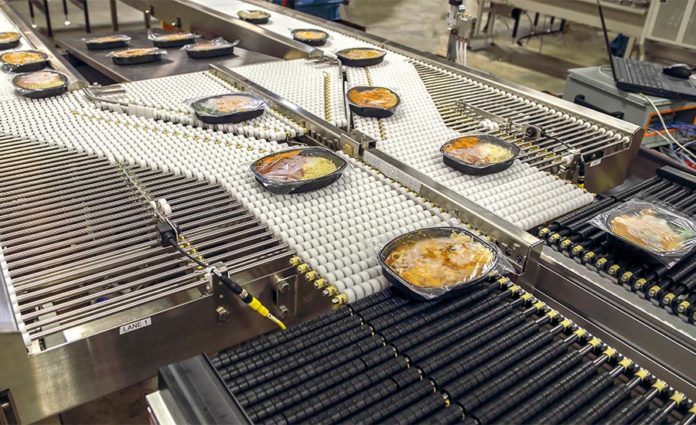The food and beverage industry relies on efficient, reliable equipment to meet high production demands. Servo motors assist in automating processes to increase output while maintaining quality and safety standards. Servo motors differ from standard motors in their ability to control precisely. A servo integrates a motor, feedback sensor, and controller in a closed-loop system. The motor receives commands from the controller to rotate to a specific position, rate, or torque. Feedback from encoders or resolvers allows the servo to monitor its actual position and continually adjust to match the commanded value. This precise controllability makes servos ideal for applications requiring accurate speed, position, acceleration, or deceleration control. In the food and beverage industry, automation is used consistently and efficiently to automate tasks.
Streamlining Motion Control In Food Production
Servo motors lend themselves well to managing the repetitive motion cycles in food production processes. For example, they drive the indexing conveyors that advance products through slicing, bagging, and wrapping operations. The servo holds each index precisely to ensure consistent positioning for these automated steps. Integrated servo drives regulate the speed, acceleration, deceleration, and positioning required for this motion profile. They control the torque delivered to the load to gently accelerate it to the indexing rate and then decelerate it for the next cycle. This smooth motion control protects product quality and equipment. In robotic pick-and-place applications, servo motors enable the robot arm to move on the programmed path. Servo-driven heads on computerized numerical control (CNC) machines cut food items to specified dimensions. In all cases, servo technology performs the motion sequences consistently, improving quality and productivity.
Pushing Efficiency In Beverage Plants
In beverage plants, servo motors propel conveyors, labelers, fillers, cappers, and other mechanisms. Servo-driven indexers keep bottles correctly spaced as they move through labeling stations. Precise orientation helps apply the labels straight and cleanly. At the filling stage, servo positioning controls guide bottles under valves. Coordinating the bottle handling motions with the filling valves allows higher machine speeds without spilling. Servo-powered cappers then orient caps appropriately on bottles as they move down the line. For packaging, case erectors use servos to manipulate carton forming. Case packers rely on servo drives to smoothly push filled packages into boxes. Vision-guided robotic loaders with servo-actuated grippers accurately stack pallets. This precision automation lets beverage producers meet their throughput targets while maintaining bottle control. It eliminates slowdowns and rejects due to out-of-tolerance motion. Beverage plants push higher yields through their lines thanks to servo motor efficiencies.
Simplifying Machine Control Architectures
Distributed servo systems significantly simplify automation system architectures in food plants. Rather than running all control signals through a central PLC, distributed servo nodes handle the local control tasks. For example, an individual servo indexer manages the operation of one indexing conveyor section. It performs the motion sequences independently based on commands from the PLC. It decentralizes the processing yet allows coordinated operation through high-level commands. Each servo’s onboard intelligence offloads work from the PLC to balance processing. This distributed architecture minimizes wiring, improves modularity and scalability, and streamlines troubleshooting. It allows machines to adapt flexibly to new packaging formats and line configurations.

